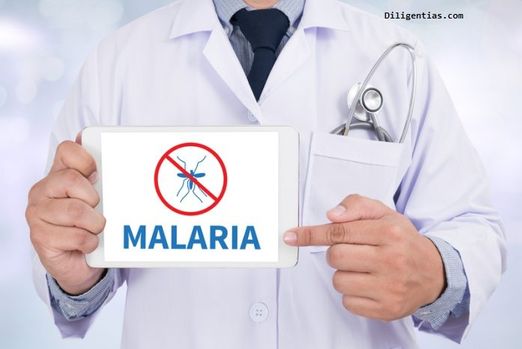Malaria Elimination Research Alliance (MERA) India 01/05/2019 – Posted in: Daily News
Malaria Elimination Research Alliance (MERA) India
For: Preliminary
Topics covered: Malaria control programme, NVBDCO, Malaria free India by 2030
News Flash
The Indian Council of Medical Research has launched the ‘Malaria Elimination Research Alliance (MERA) India‘ – a conglomeration of partners working on malaria control – in order to prioritise, plan and scale up research to eliminate the disease from India by 2030.
- Over the past two decades, India has made impressive progress in malaria control.
- The malaria burden has declined by over 80 per cent, 2.03 million cases in 2000 to 0.39 million in 2018, and malaria deaths by over 90 per cent, 932 deaths in 2000 to 85 in 2018.
Purpose of MERA
The purpose of MERA India is to identify, articulate, prioritize and respond to the research needs of the country to eliminate malaria from India by 2030.
MERA India aims to harness and reinforce research in coordinated and combinatorial ways in order to achieve tangible impact on malaria elimination.
Vision
The National Vector Borne Diseases Control Program (NVBDCP) of India has developed a comprehensive framework to achieve the overarching vision of “Malaria free India by 2030”.
Malaria
Malaria is a life-threatening disease caused by parasites that are transmitted to people through the bites of infected female Anopheles mosquitoes. It is preventable and curable.
National Vector Borne Disease Control Programme
Launched in 2003-04 by merging National anti -malaria control programme, National Filaria Control Programme and Kala Azar Control programmes. Japanese B Encephalitis and Dengue/DHF have also been included in this Program. Directorate of NAMP is the nodal agency for prevention and control of major Vector Borne Diseases
List of Vector Borne Diseases Control Programme Legislations:
- National Anti – Malaria programme
- Kala – Azar Control Programme
- National Filaria Control Programme
- Japenese Encephilitis Control Programme
- Dengue and Dengue Hemorrhagic fever
Additional informationKALA -AZAR CONTROL PROGRAMME Kala-azar or visceral leishmaniasis (VL) is a chronic disease caused by an intracellular protozoan (Leishmania species) and transmitted to man by bite of female phlebotomus sand fly. It is a main problem in Bihar, Jharkhand, West Bengal and some parts of Uttar Pradesh. In view of the growing problem planned control measures were initiated to control kala-azar.
NATIONAL FILARIA CONTROL PROGRAMME Bancroftian filariasis caused by Wuchereria bancrofti, which is transmitted to man by the bites of infected mosquitoes – Culex, Anopheles, Mansonia and Aedes. Lymphatia filaria is prevalent in 18 states and union territories. Bancroftian filariasis is widely distributed while brugian filariasis caused by Brugia malayi is restricted to 7 states – UP, Bihar, Andhra Pradesh, Orissa, Tamil Nadu, Kerala, and Gujarat. The National Filaria Control Programme was launched in 1955. The activities were mainly confined to urban areas. However, the programme has been extended to rural areas since 1994.
JAPANESE ENCEPHALITIS CONTROL PROGRAMME Japanese encephalitis (JE) is a zoonotic disease and caused by an arbovirus, group B (Flavivirus) and transmitted by Culex mosquitoes. This disease has been reported from 26 states and UTs since 1978, only 15 states are reporting JE regularly. The case fatality in India is 35% which can be reduced by early detection, immediate referral to hospital and proper medical and nursing care. The total population at risk is estimated 160 million. The most disturbing feature of JE has been the regular occurrence of outbreak in different parts of the country.
DENGUE AND DENGUE HEMORRHAGIC FEVER One of the most important resurgent tropical infectious disease is dengue. Dengue Fever and Dengue Hemorrhagic Fever (DHF) are acute fevers caused by four antigenically related but distinct dengue virus serotypes (DEN 1,2,3 and 4) transmitted by the infected mosquitoes, Aedes aegypti. Dengue outbreaks have been reported from urban areas from all states. All the four serotypes of dengue virus (1,2,3 and 4) exist in India. The Vector Aedes Aegypti breed in peridomestic fresh water collections and is found in both urban and rural areas. |
Source: Deccan Herald
You can follow us on LinkedIn and for more updates related to UPSC IAS Preparation, Like our Facebook Page and subscribe our Diligent IAS Youtube Channel
Also Read Related Daily News
- Bangladesh-China-India-Myanmar (BCIM) economic corridor
- Ao tribes in Nagaland
- CLEAR FACTS- Short News

